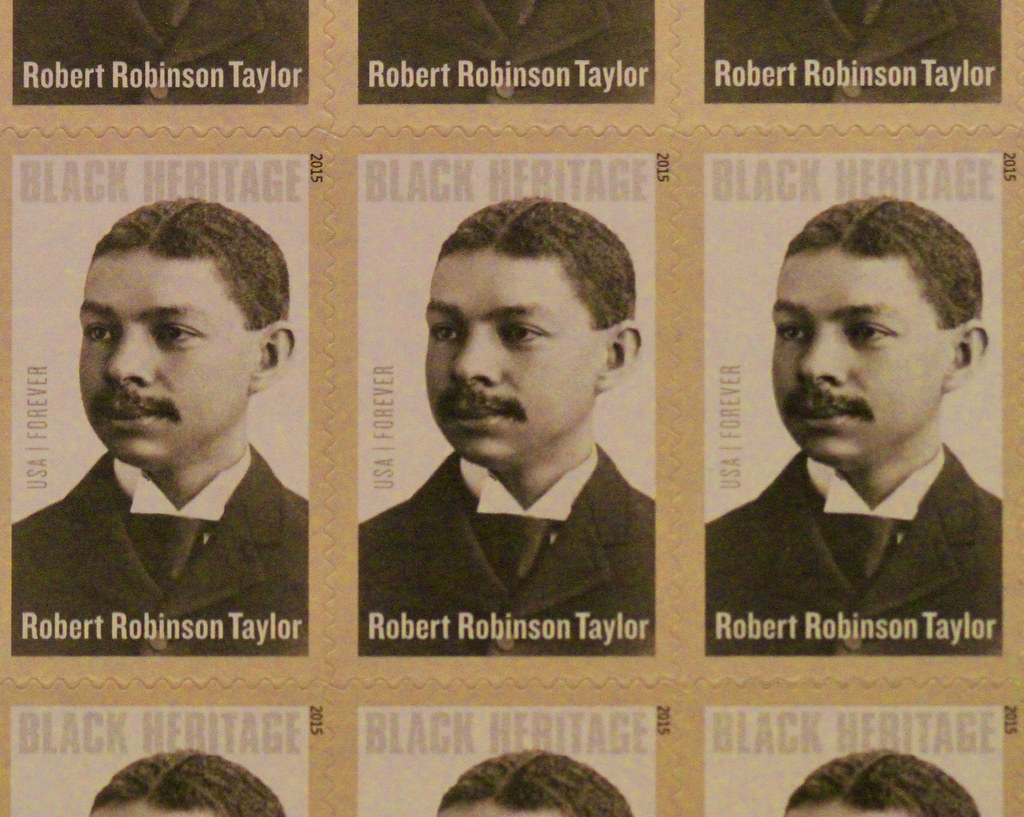Pioneering architect and educator Robert Robinson Taylor made a lasting impression on American history. Taylor was born in Wilmington, North Carolina, on June 8, 1868. His incredible voyage is proof of his tenacity, resourcefulness, and dedication to learning. This article explores his life, accomplishments, and lasting legacy. It includes interesting information, a chronology of significant occasions, statements from famous people, and an examination of his contributions to architecture.
Early Life and Education
Robert Robinson Taylor was born into a family that valued education and hard work. His father, a successful carpenter, inspired young Robert to pursue architecture. Taylor’s academic prowess earned him a place at the Massachusetts Institute of Technology (MIT), where he became the first African American to graduate from the institution with an architecture degree in 1892.
Key Quotes by Robert Robinson Taylor
- “Education is the key to unlock the golden door of freedom.”
- “Architecture is not just about building structures; it’s about creating a legacy.”
Timeline of Important Life Events
- 1868: Born in Wilmington, North Carolina.
- 1888: Enrolled at MIT.
- 1892: Graduated from MIT, becoming the first African American to do so.
- 1893: Joined Tuskegee Institute as an architect and educator.
- 1932: Retired from Tuskegee Institute.
- 1942: Passed away, leaving a lasting legacy in architecture and education.
Fun Facts About Robert Robinson Taylor
Taylor was the first accredited African American architect in the United States.
He designed several iconic buildings at the Tuskegee Institute, including the renowned Tuskegee Chapel.
Taylor’s work at Tuskegee Institute influenced the educational and architectural landscapes of historically black colleges and universities (HBCUs).
Architectural Contributions and Buildings
Robert Robinson Taylor’s architectural prowess is evident in the numerous buildings he designed at Tuskegee Institute. His designs blended functionality with aesthetic appeal, contributing to the institute’s reputation as a leading educational establishment. Notable buildings include:
Tuskegee Chapel: Known for its acoustics and architectural beauty, it stands as a symbol of Taylor’s genius.

Thrasher Hall: One of the earliest buildings at Tuskegee, showcasing Taylor’s early architectural style.

Rockefeller Hall: Funded by John D. Rockefeller, this building exemplifies Taylor’s ability to combine philanthropy with architectural innovation.

Legacy and Achievements
Robert Robinson Taylor’s legacy extends beyond his architectural contributions. His dedication to education and mentorship paved the way for future generations of African American architects and engineers. His achievements include:
Educational Impact: Taylor’s work at Tuskegee Institute helped elevate the institution’s status, making it a beacon of hope and progress for African Americans in the early 20th century.
Architectural Innovation: His designs at Tuskegee set new standards for educational buildings, emphasising durability, functionality, and beauty.
Pioneering Role: As the first African American MIT graduate and accredited architect, Taylor broke racial barriers, inspiring countless others to pursue their dreams.
Conclusion
Robert Robinson Taylor’s life is a powerful narrative of breaking barriers and building legacies. From his early education to his monumental achievements at Tuskegee Institute, Taylor’s story is a source of inspiration. His architectural works, educational contributions, and enduring quotes continue to influence and inspire new generations. Taylor’s legacy as a pioneer in architecture and education remains a cornerstone of American history.






